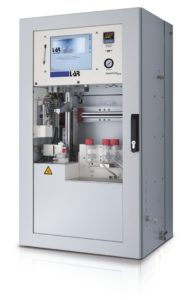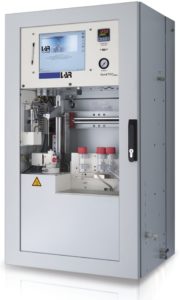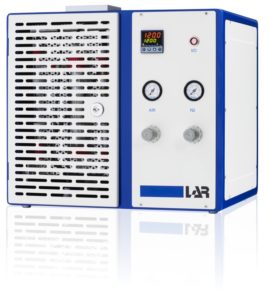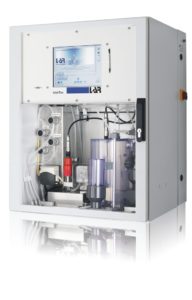
Agribusiness, Food & Beverage
In agricultural chemistry, for instance in the production of fertilizers and pesticides, a high level of production quality and process reliability is required. Due to their high nutrient input into nature, nitrogen and phosphate compounds are of particular importance.
In the food and beverage industry, water is used for cleaning and hygiene, as an ingredient or component and in handling processes, such as cooling and heating. The monitoring and control of all processes is necessary to detect product losses at an early stage and to ensure product quality.
Types of Water
- Process water
- Surface water
- Drinking water
- Boiler feed water
- Condensate return
- Industrial waste water
- Discharge control
Product Quality and Process Safety as Result of Monitoring and Control of Processes
Need further information?
Cosa Xentaur
4140 World Houston Parkway
Suite 180
Houston, TX 77032
USA












